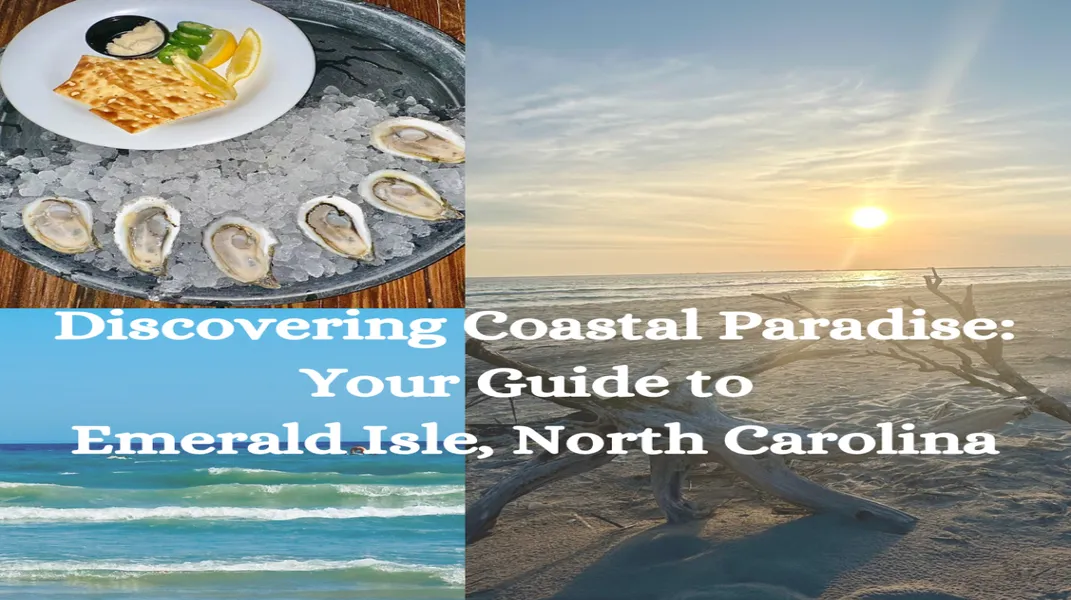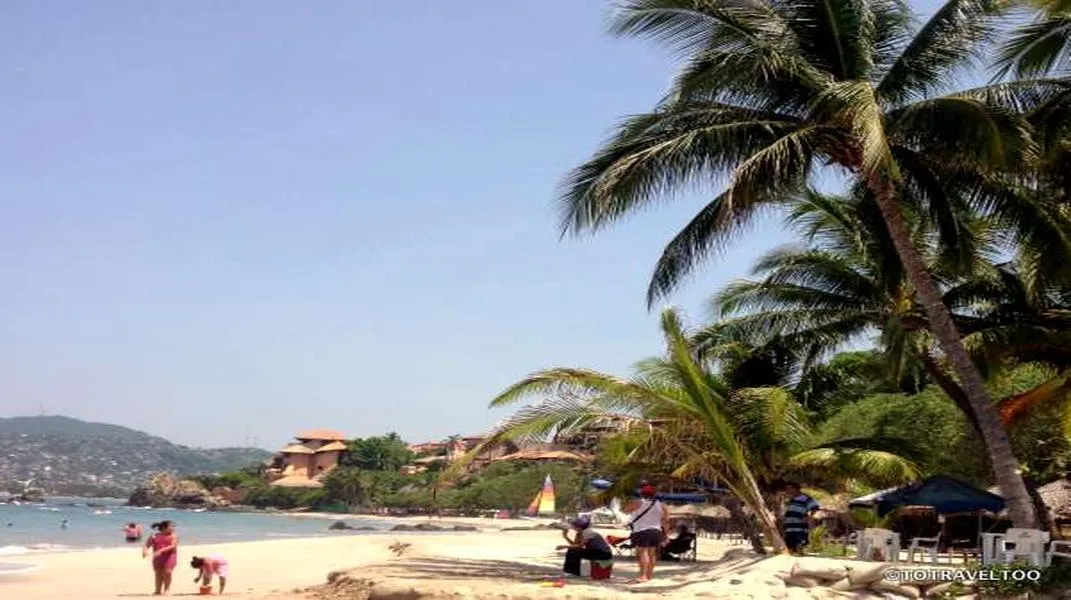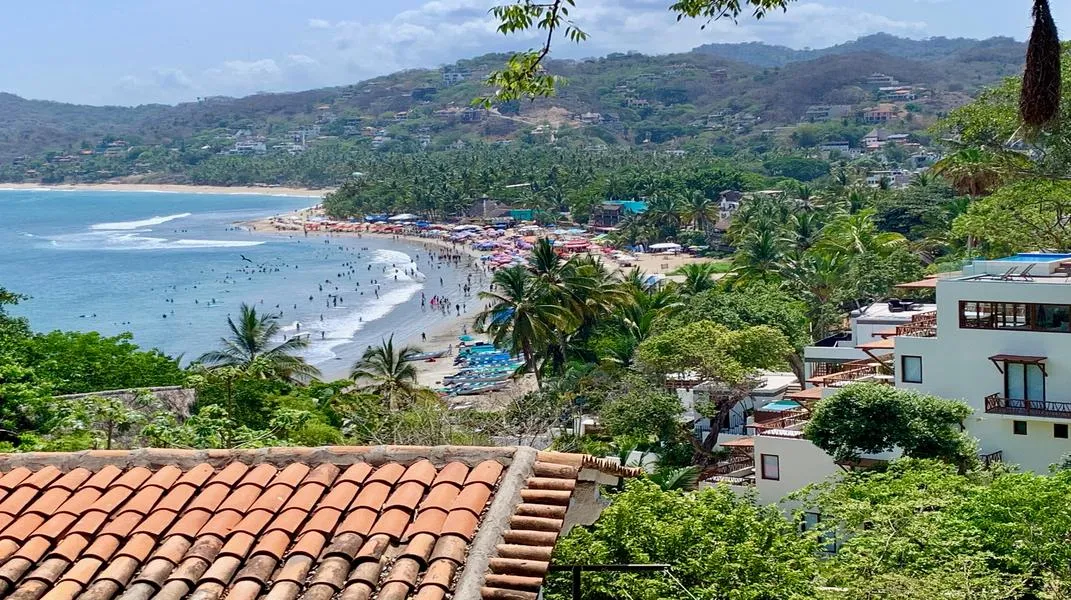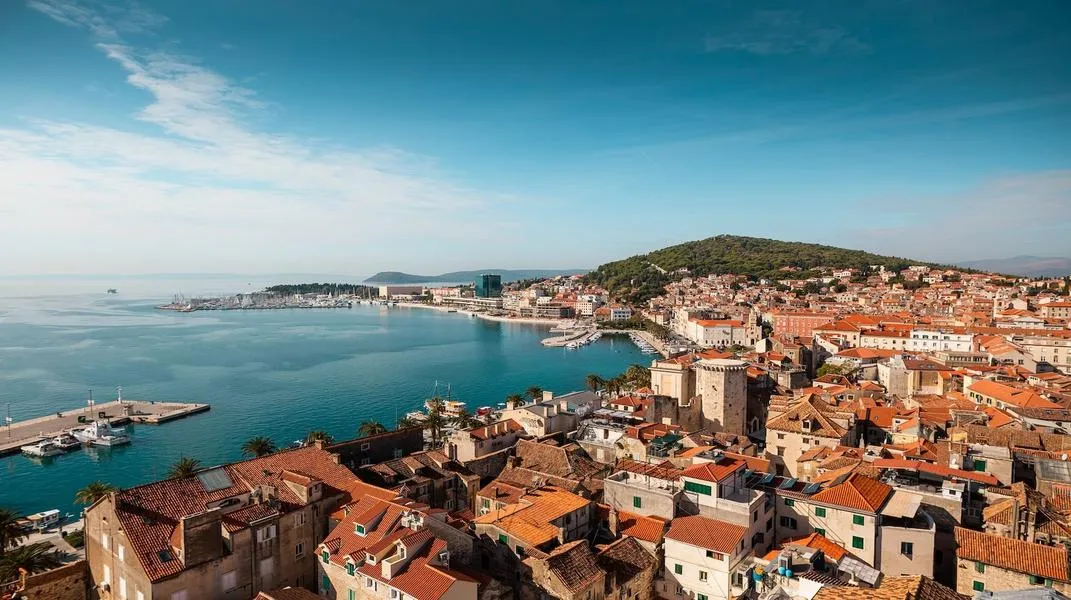Discovering the Outer Banks: A Comprehensive Guide to North Carolina’s Coastal Paradise
Nestled off the coast of North Carolina, the Outer Banks is a unique and captivating destination known for its stunning natural beauty, rich history, and diverse recreational opportunities. This string of barrier islands stretches over

A Brief Overview of the Outer Banks
The Outer Banks consists of a series of barrier islands, including Bodie Island, Hatteras Island, Ocracoke Island, and Roanoke Island. These islands are famous for their unique geography, characterized by long stretches of sandy beaches, salt marshes, and maritime forests. The region is also rich in history, being the site of the first English settlement in America, the infamous Lost Colony, and the Wright Brothers' first flight.
The Outer Banks is divided into several districts, each offering a different experience. The northern beaches, including Duck and Corolla, are known for their upscale homes and family-friendly atmospheres. The central region, including Nags Head and Kill Devil Hills, is popular for its vibrant beach culture and historical landmarks. The southern part, including Hatteras and Ocracoke Islands, is more remote and offers a tranquil escape into nature.
Attractions and Activities
1. Beautiful Beaches
The primary draw of the Outer Banks is undoubtedly its beaches. With miles of unspoiled coastline, visitors can enjoy sunbathing, swimming, beachcombing, and water sports. Some of the most popular beaches include:
- Nags Head: Known for its wide sandy shores and excellent surf conditions, Nags Head is perfect for swimming, surfing, and sunbathing.
- Corolla: This family-friendly beach offers calm waters, making it ideal for young children. The area is also famous for its wild horse population, which roams freely along the beach.
- Ocracoke Island: Accessible only by ferry, Ocracoke boasts a laid-back atmosphere, pristine beaches, and breathtaking sunsets.
2. Historical Sites
The Outer Banks is steeped in history, with several sites that reflect its rich past:
- The Wright Brothers National Memorial: Located in Kill Devil Hills, this site commemorates the first powered flight by Orville and Wilbur Wright in 1903. Visitors can explore a museum, view reproductions of the original aircraft, and walk the grounds where history was made.
- Roanoke Island: This island is home to the Lost Colony, the first English settlement in America, established in 1587. The Roanoke Island Festival Park and the Lost Colony outdoor drama provide insights into this captivating story.
- Lighthouses: The Outer Banks is home to several iconic lighthouses, including the Bodie Island Lighthouse, Cape Hatteras Lighthouse, and Ocracoke Lighthouse. Climbing to the top of these structures offers stunning panoramic views of the coastline.
3. Outdoor Adventures
For those seeking adventure, the Outer Banks offers a plethora of outdoor activities:
- Water Sports: The region is a paradise for water sports enthusiasts, with opportunities for kayaking, paddleboarding, windsurfing, and kiteboarding. The soundside waters are particularly suitable for beginners.
- Fishing: Anglers will find plenty of fishing opportunities, whether from the shore, a pier, or a charter boat. The Outer Banks is known for its excellent fishing conditions, attracting both novice and seasoned fishermen.
- Wildlife Watching: The Outer Banks is a haven for nature lovers. Visitors can spot dolphins, sea turtles, and a variety of bird species, especially during migration seasons. The Pea Island National Wildlife Refuge is an excellent location for birdwatching.
4. Local Cuisine
No visit to the Outer Banks would be complete without indulging in its culinary offerings. The region is known for its fresh seafood, particularly shrimp, crab, and fish. Popular dishes include:
- Fish Tacos: Freshly caught fish served with cabbage slaw and zesty sauce.
- She-Crab Soup: A creamy, rich soup made with blue crab and a hint of sherry.
- Crab Cakes: Made with local blue crab meat, these cakes are often served with a tangy remoulade.
Visitors can find a range of dining options, from casual beachside shacks to upscale restaurants, each offering a taste of the coastal cuisine.
Preparing for Your Visit
Now that you’re excited about exploring the Outer Banks, it’s essential to prepare adequately for your trip. Here’s a comprehensive list of materials you’ll need:
1. Accommodations
Choosing the right place to stay is crucial for a memorable visit. The Outer Banks offers a variety of accommodations, including:
- Vacation Rentals: Many visitors opt for vacation homes or condos, which provide the comforts of home and often feature amenities like pools, kitchens, and beachfront access.
- Hotels and Motels: There are several hotels and motels along the coast that cater to different budgets.
- Campgrounds: For nature enthusiasts, camping is a fantastic way to experience the outdoors. There are numerous campgrounds available, including those in the Cape Hatteras National Seashore.
2. Clothing and Gear
Packing appropriately is vital for enjoying your time in the Outer Banks. Consider the following items:
- Beachwear: Bring swimsuits, cover-ups, and flip-flops for days at the beach.
- Casual Attire: Lightweight clothing, such as shorts and t-shirts, is ideal for exploring the towns and engaging in outdoor activities.
- Layers: Even in summer, evenings can be cool. Pack a light sweater or jacket.
- Sunscreen: Protect your skin from the sun’s rays with a high-SPF sunscreen.
- Beach Gear: Bring beach chairs, umbrellas, and towels for comfort while lounging on the sand.
- Outdoor Equipment: If you plan to engage in water sports or fishing, consider bringing or renting kayaks, paddleboards, or fishing gear.
3. Transportation
Getting to and around the Outer Banks requires some planning:
- Car Rental: If you’re flying into the region, renting a car is recommended for exploring the islands at your own pace. The Outer Banks can be challenging to navigate without a vehicle.
- Bicycles: Many areas have bike paths, making cycling a fun way to explore the towns and beaches.
- Ferries: If you plan to visit Ocracoke Island, be prepared to take a ferry. Reservations may be required, especially during peak season.
4. Activities Planning
Before your trip, consider planning your itinerary based on your interests:
- Beach Days: Schedule time to relax on the beach and enjoy water activities.
- Historical Visits: Allocate time to explore the Wright Brothers National Memorial, Roanoke Island, and the local lighthouses.
- Dining Reservations: During peak season, popular restaurants can fill up quickly, so consider making reservations in advance.
- Wildlife Tours: If you’re interested in wildlife watching, book a tour in advance to ensure availability.
5. Local Information
Familiarize yourself with local laws, regulations, and safety guidelines:
- Beach Rules: Pay attention to local beach regulations, including rules regarding pets, fires, and swimming conditions.
- Weather Preparedness: Check the weather forecast before your trip and be prepared for sudden changes, especially during hurricane season.
- Safety: Be aware of rip currents and follow safety guidelines while swimming or participating in water sports.
Conclusion
The Outer Banks is a treasure trove of natural beauty, adventure, and history, making it a perfect destination for families, couples, and solo travelers alike. With its stunning beaches, rich cultural heritage, diverse outdoor activities, and delicious local cuisine, the Outer Banks promises an unforgettable experience. By preparing adequately and embracing the spirit of exploration, you can create cherished memories that will last a lifetime. Whether you’re looking for relaxation or adventure, the Outer Banks has it all, waiting for you to discover. So pack your bags, grab your sunscreen, and get ready for an adventure in one of North Carolina's most beloved coastal gems!




